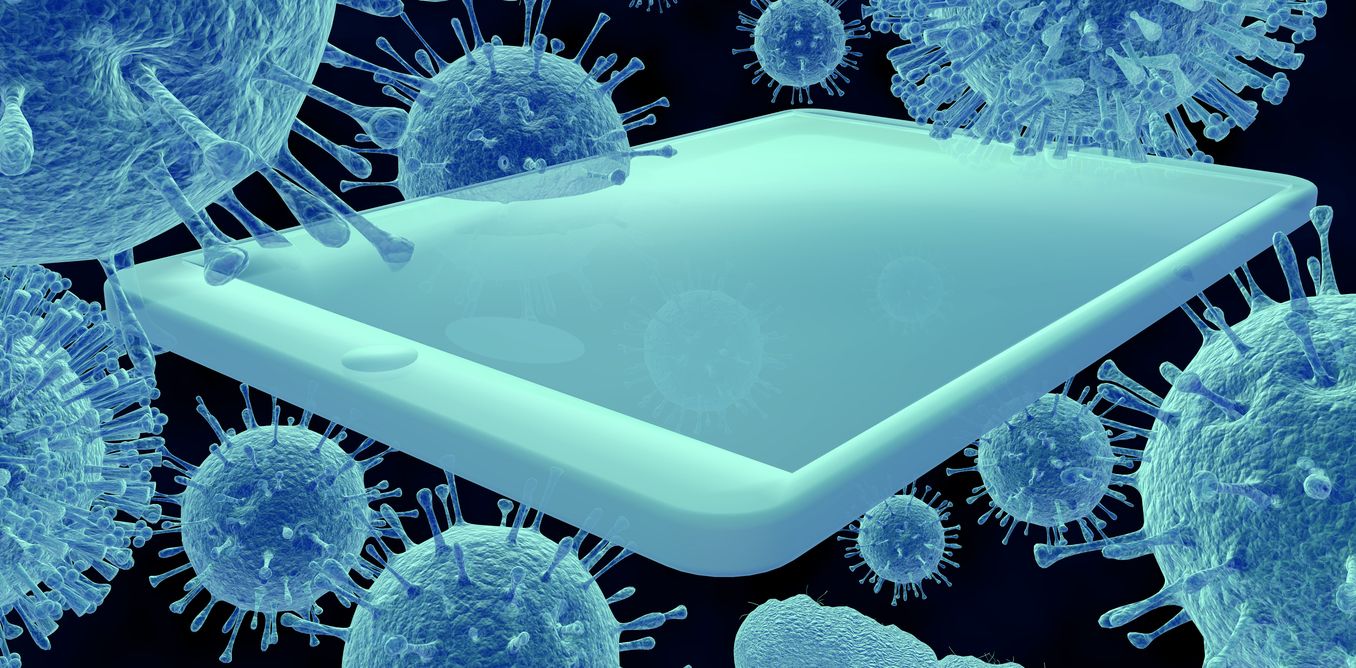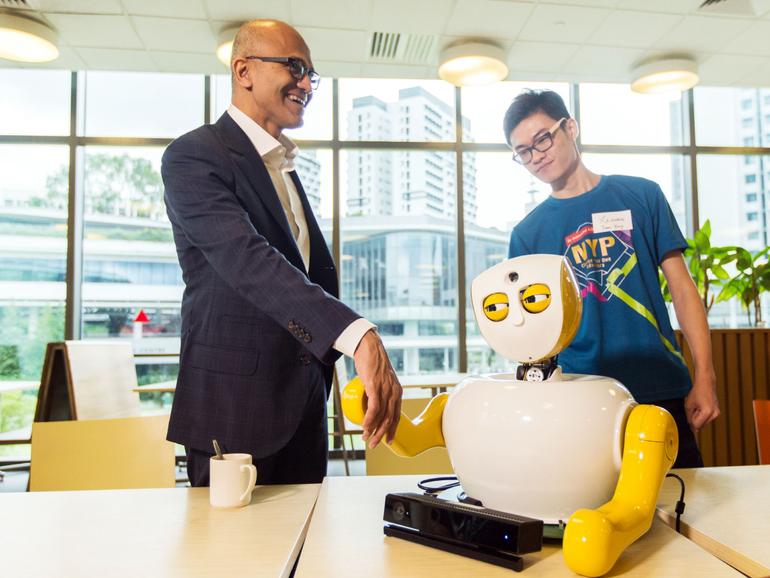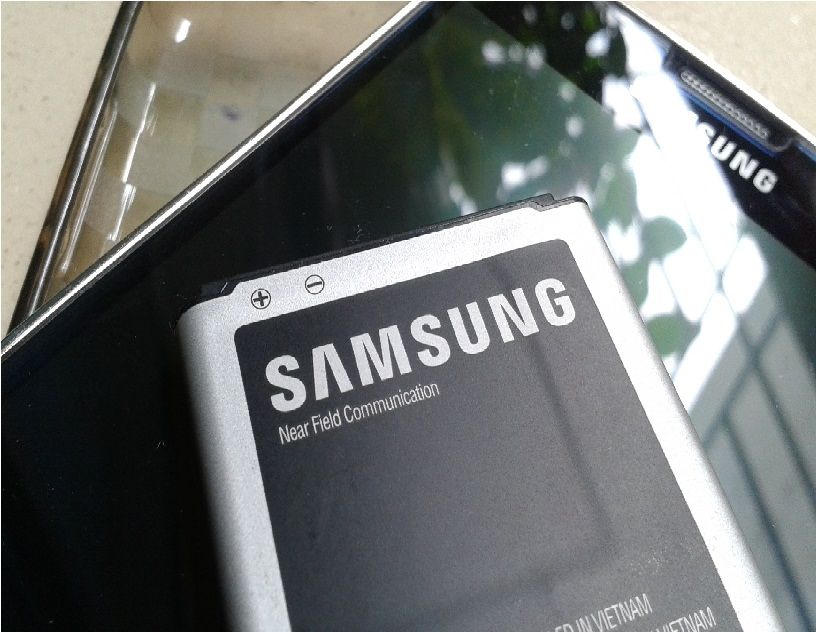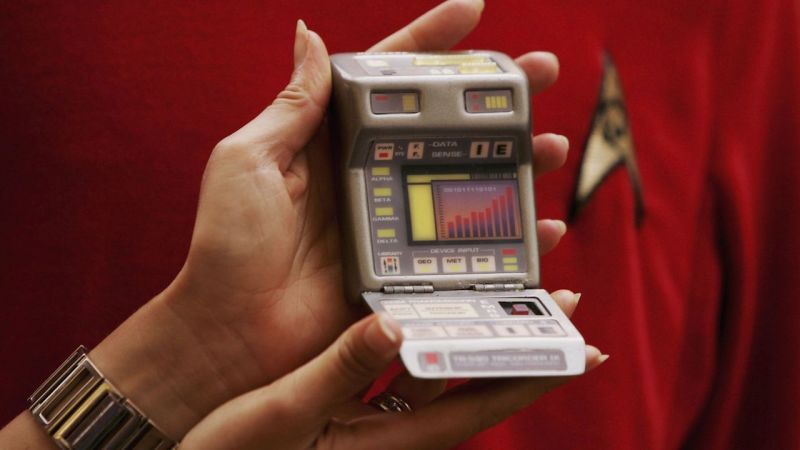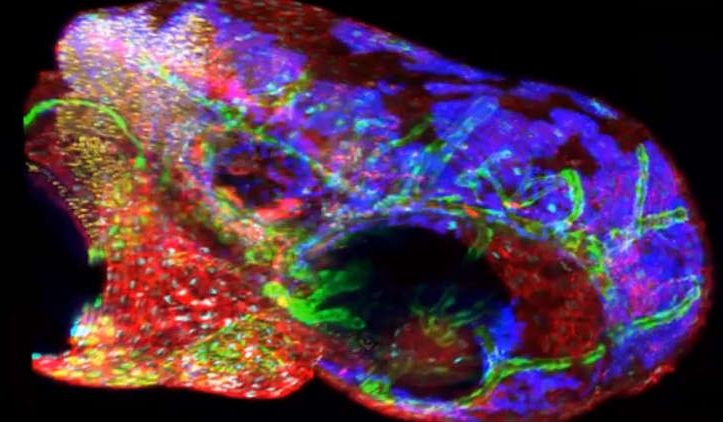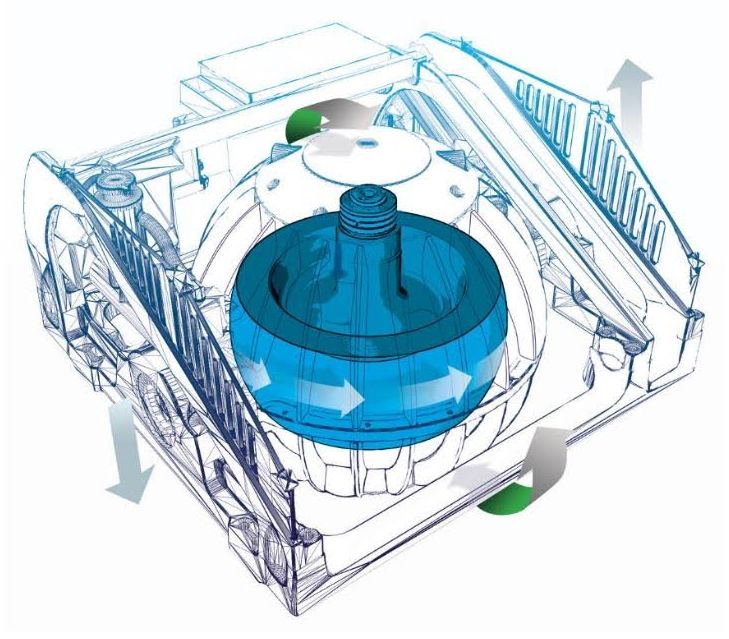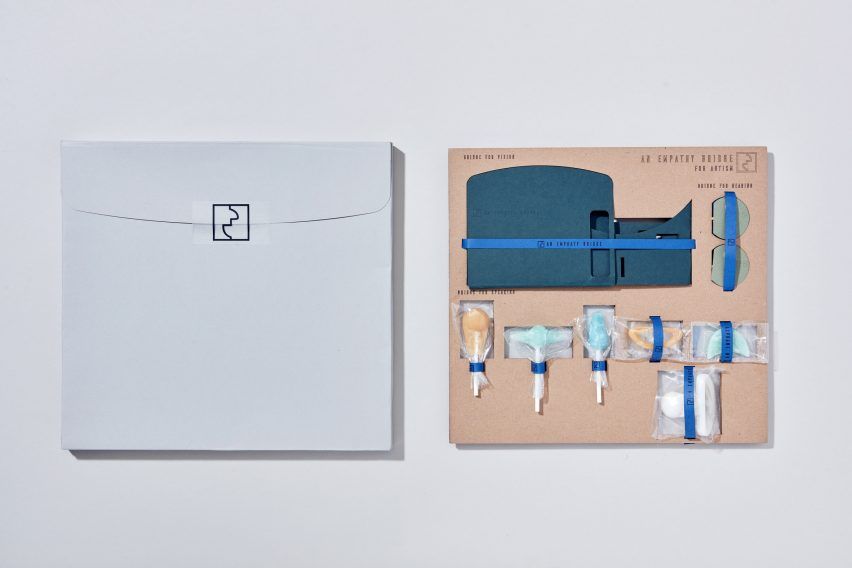Archive for the ‘mobile phones’ category: Page 190
Jan 17, 2017
Microsoft wants to make conversing with your computer the new normal
Posted by Karen Hurst in categories: computing, mobile phones
In a mobile-first, cloud-first world, conversing with a computer through your smartphone may be the best way to communicate. Microsoft’s research is heading that way.
Jan 17, 2017
Stanford Scientists Develop Battery Pack with Built-In Fire Extinguisher
Posted by Karen Hurst in category: mobile phones
The Samsung Galaxy Note 7 exploding battery fiasco has stirred major concerns whether smartphone batteries are really safe. In an effort to prevent these disasters from happening, a group of Stanford scientists have developed a lithium-ion battery pack, which includes a capsule filled with triphenyl phosphate (TPP). Once the battery’s internal temperature reaches a certain point, the capsule will melt releasing the TPP and extinguishing the fire.
Like Us on Facebook
The team working on the project found out that TPP is a type of chemical-fire retardant. The chemical is capable of extinguishing an exploding battery in just 0.4 seconds, according to 9to5Google. The team also set the temperature threshold at 302 degrees Fahrenheit, at that point, the capsule will melt releasing the TPP chemical.
Continue reading “Stanford Scientists Develop Battery Pack with Built-In Fire Extinguisher” »
Jan 17, 2017
Scientists Can Now Sequence DNA With a Smartphone
Posted by Shane Hinshaw in categories: biotech/medical, mobile phones
It was not so long ago that sequencing even tiny snippets of DNA was a costly, cumbersome process that required access to a state-the-art lab. Today, we are inching close to putting a DNA sequencer in every pocket.
Jan 16, 2017
Teleport Brain Control
Posted by Karen Hurst in categories: education, internet, mobile phones, robotics/AI
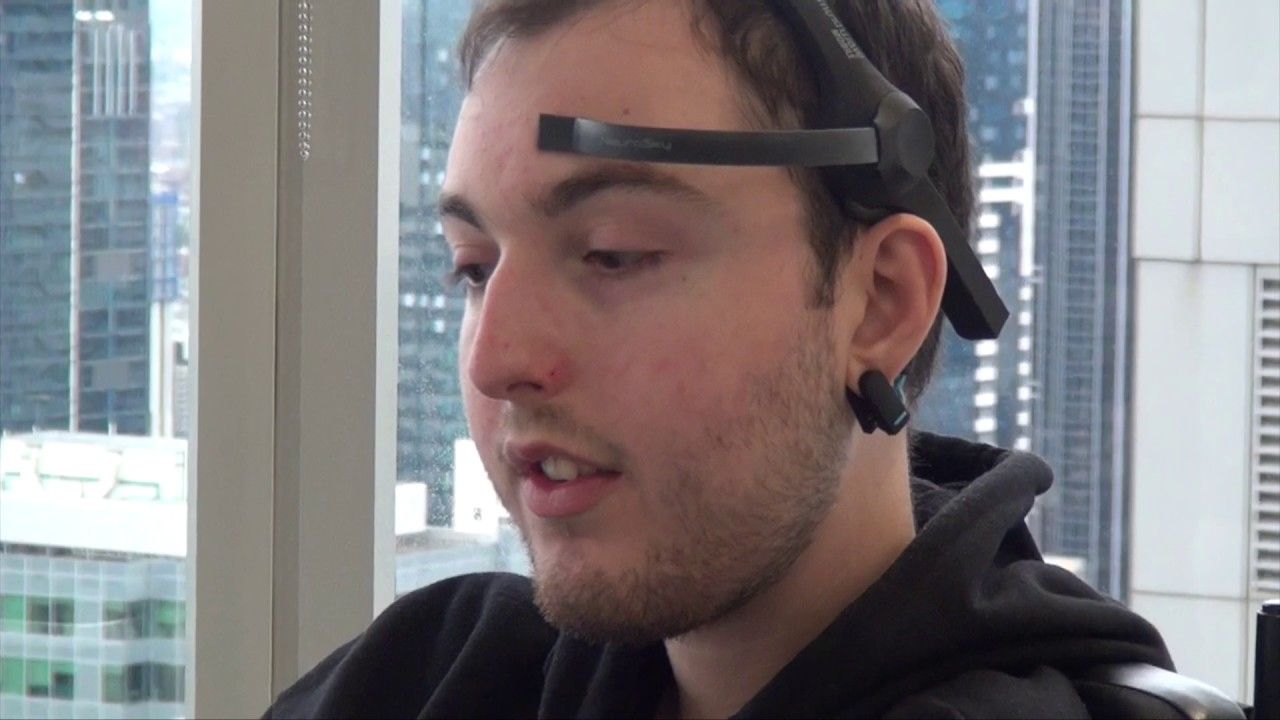
Teleport is a telepresence robot that can be used by people with a disability to attend school or work remotely. It can be controlled using an internet browser, Android phone, and now brain control.
Jan 15, 2017
New 5D technique may help diagnose diseases from cell phone images
Posted by Karen Hurst in categories: biotech/medical, mobile phones
Very cool.
Scientists have developed a new 5D technique for analysing images, an advance that may make it easier to quickly find tell-tale signs of diseases from pictures taken using cell phones. Called “Hyper-Spectral Phasor” analysis, or HySP, it is much faster and far less expensive than current techniques, and may be useful for diagnosing and monitoring diseases by using cell phone images, researchers said.
Through the new imaging technology, researchers at the University of Southern California (USC) in the US have used fluorescent imaging to locate proteins and other molecules in cells and tissues. It works by tagging the molecules with dyes that glow under certain kinds of light – the same principle behind so-called “black light” images.
Continue reading “New 5D technique may help diagnose diseases from cell phone images” »
Jan 15, 2017
The Copenhagen Wheel official product release
Posted by Karen Hurst in categories: media & arts, mobile phones, transportation
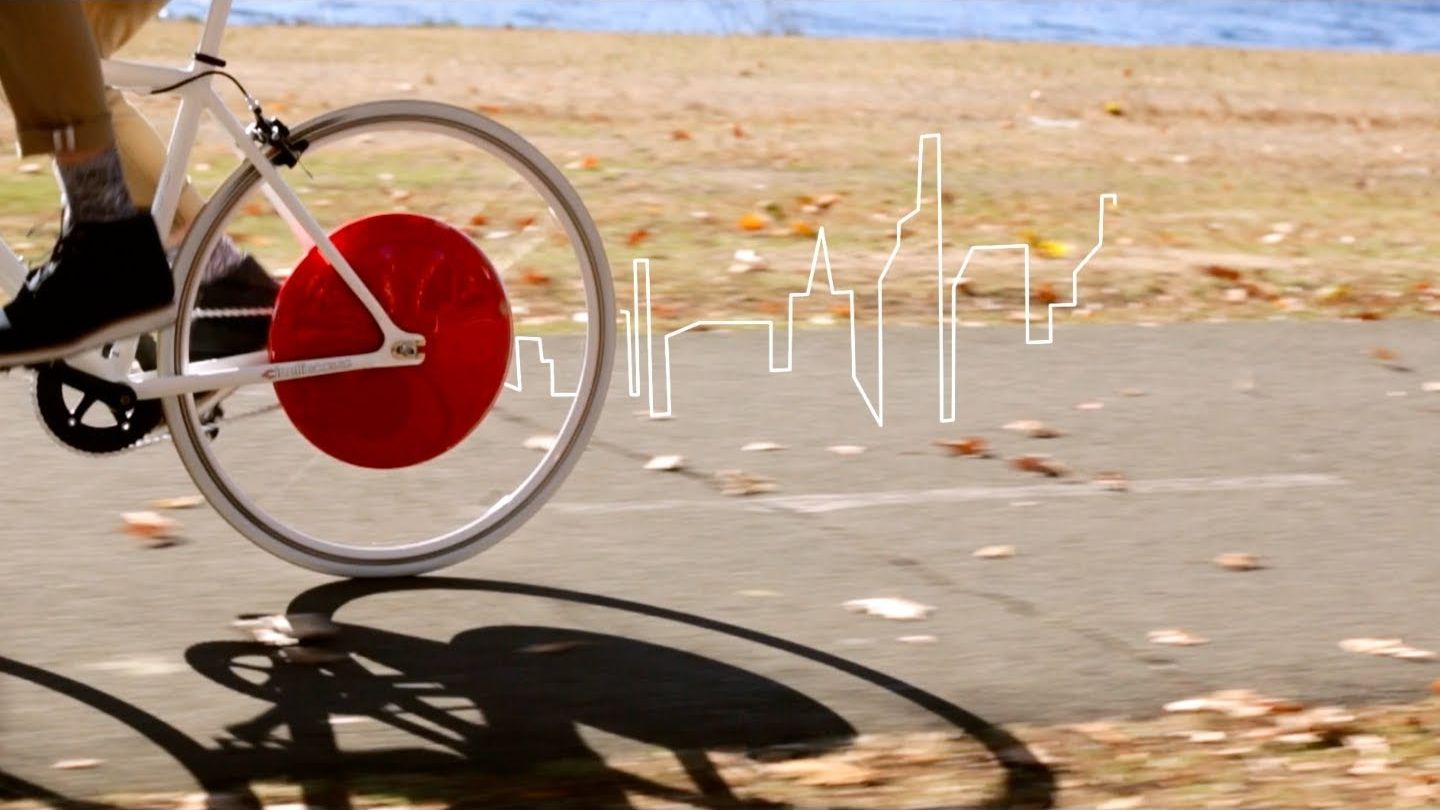
Pre-order at http://www.superpedestrian.com This is the first commercial version of the Copenhagen Wheel. Now available for sale.
Own a limited edition, hand-crafted Copenhagen Wheel, invented and built in Cambridge, MA.
The Copenhagen wheel Technical specifications:
MOTOR US: 350W / EU: 250W
WEELE SIZE 26″ or 700c rim
BATTERY Removable 48Volt Lithium
CONNECTIVITY Bluetooth 4.0
BATTERY LIFE 1000 cycles
SMARTPHONE OS iOS, Android
CHARGE TIME 4 hours
COMPATIBILITY Single Speed or 9/10 Speed Free Hub (email us your bike specs if you have doubts: [email protected])
TOP SPEED US: 20 mph
EU: 25 km/h
BRAKE TYPE Rim brake and regenerative braking (downhill and back-pedal)
RANGE Up to 50 km / 31 mi
WEIGHT 5.9 kg / 13 lbs
DROPOUT 135 mm
Continue reading “The Copenhagen Wheel official product release” »
Jan 13, 2017
Tech found in your cell phone could cure motion-sickness and save lives
Posted by Shane Hinshaw in categories: biotech/medical, mobile phones
Jan 9, 2017
Nano Ganesh: How mobile phone tech helped 400,000 Maharashtra farmers water plants remotely
Posted by Karen Hurst in categories: food, mobile phones, sustainability
If SANTOSH Ostwal and his wife, Rajashree Otswal, were to calculate the number of electricity units saved or the amount of water conserved in terms of money, thanks to their invention, it would be enough to set up a small power plant or building a small dam. The end to a farmer’s daily drudgery and sleepless nights, though, is hard to convert into currency. But then money is something the Ostwal couple have not seen much of in their long journey of taking technology to the farms.
Much before information and communication technology (ICT) for agriculture and rural development became buzzwords and ‘e’ got hyphenated to everything, the Ostwals, both engineers, ventured into wireless irrigation and mobile-to-mobile (M2M) communication systems for agriculture. A remotely controlled pump using the mobile phone and combing it with some clever electronics was the innovation that has made the lives of farmers easier.
The Ostwals’ invention has impacted the lives of four lakh farmers with 50,000 installations in the last 12 years. A smart and affordable device, Nano Ganesh, saves farmers from making treacherous trips in pitch dark to their farms at midnight to access their water pumps and operate them, a daily reality, especially with erratic power supply. When the tired farmer fails to go out and switch off the water pump, there’s wastage of water and electricity. In addition, the excess water damages the soil and crop, hurting them further. If that is not enough, there is the theft of water pumps and cables to be dealt with. These are the problems that the couple set to solve.
Jan 8, 2017
Empathy kit to help users better understand autism
Posted by Karen Hurst in categories: augmented reality, mobile phones, neuroscience
This kit by Royal College of Art graduate Heeju Kim uses sweets to recreate the tongue-tying experience of living with autism. Kim created three tools and a mobile application as part of the project, which is titled An Empathy Bridge for Autism.
A set of six awkwardly shaped lollipops and candies impede tongue movement in various ways. They make it hard for users to hold a conversation, conveying how unclear pronunciation has an impact on autistic individuals.
An augmented-reality headset is worn over the eyes and connects to a smartphone to alter the user’s perception of what’s in front of them. It restricts the view of their periphery, gives them double vision or obscures their focus with a patch of black.
Continue reading “Empathy kit to help users better understand autism” »
